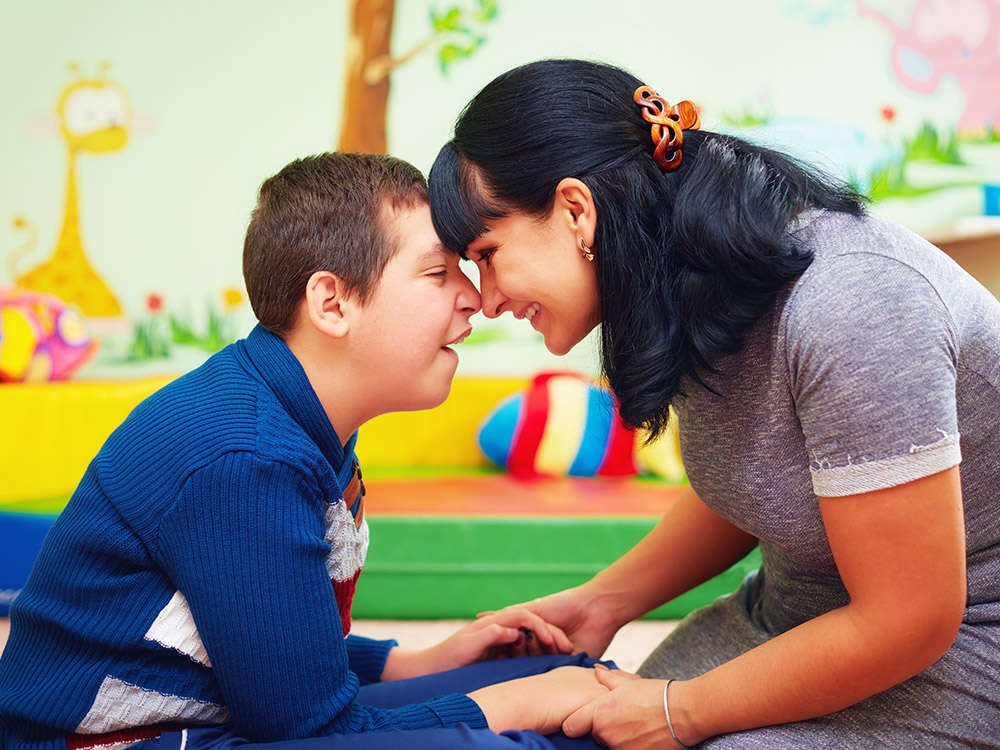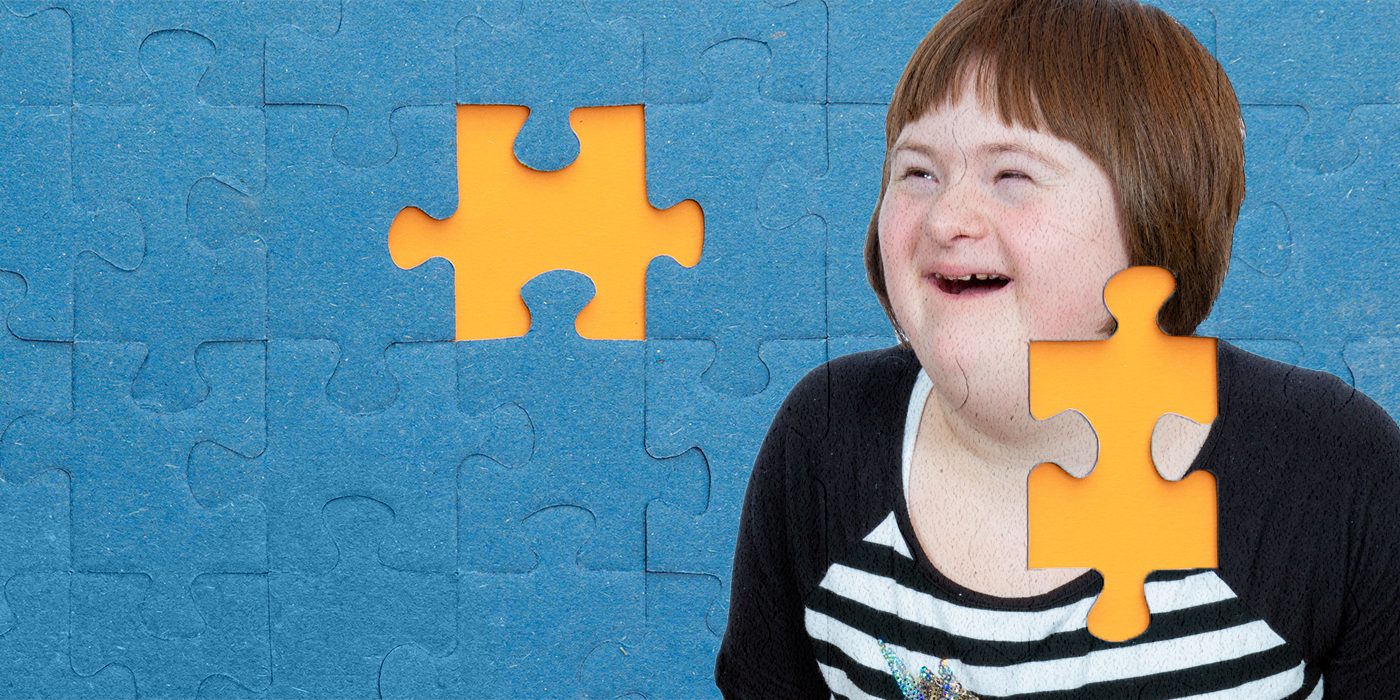Autism and Sensory Handling: Discovering the Connection and Its Effects
Autism and Sensory Handling: Discovering the Connection and Its Effects
Blog Article
Discovering Autism: Approaches for Reliable Communication and Communication
Efficient interaction and communication with individuals on the autism range demand a thorough understanding of their special needs and preferences. The complexities of these techniques disclose further factors to consider that merit expedition, specifically in how they can be adjusted to diverse contexts and specific experiences.
Recognizing Autism Range Disorder
Autism Range Disorder (ASD) incorporates a range of neurodevelopmental problems identified by difficulties in social communication, interaction, and recurring habits. The term "range" reflects the varied manifestations and differing levels of intensity experienced by individuals with ASD. While some might exhibit substantial disabilities, others might show high-functioning attributes, enabling for better self-reliance in every day life.
The beginning of ASD usually takes place in early childhood years, with indications commonly recognizable by age two. Early signs might include delayed speech development, restricted eye call, and troubles in understanding social cues. The specific etiology of ASD remains vague, research study recommends a mix of environmental and genetic factors plays a crucial duty in its advancement.
As a result, treatments and assistance tailored to private needs are crucial for cultivating interaction and social skills. Identifying the complexity of ASD is important for promoting understanding, approval, and effective strategies that assist in purposeful interactions with individuals on the range.

Importance of Clear Communication
Effective interaction is essential for promoting understanding and link, specifically for individuals with Autism Range Condition (ASD) Clear communication not only promotes social communications however additionally boosts the individual's capability to share their needs, ideas, and feelings. For people with ASD, the nuances of language can usually be testing; for that reason, making use of uncomplicated and unambiguous language is crucial.
Additionally, clear communication assists decrease stress and stress and anxiety that may emerge from misunderstandings. When messages are shared in a straight and consistent manner, people with ASD are much better outfitted to interpret info properly, which can dramatically enhance their social engagement and engagement in numerous settings.
Developing routines and making use of aesthetic supports can better strengthen clear communication. These approaches offer people with predictable structures that help understanding and retention of details. Additionally, proactively paying attention and being person during interactions promotes a supportive environment where people with ASD feel valued and recognized.
Inevitably, prioritizing clear communication not only encourages people with ASD however additionally cultivates even more meaningful connections with their peers, caregivers, and the broader neighborhood, leading the method for joint connections and comprehensive communications. - autism
Non-Verbal Interaction Strategies
Interaction extends beyond words, and for people with Autism Spectrum Disorder (ASD), non-verbal signs play a considerable duty in interactions. Non-verbal communication strategies can include face expressions, gestures, body language, and eye call, all of which function as vital elements for sharing purposes and my website feelings.
Understanding and interpreting these non-verbal signals can boost communications with individuals with ASD. A warm smile or open stance can create a welcoming ambience, urging involvement. In a similar way, using aesthetic aids-- such as picture cards or icons-- can link communication spaces and help share messages more effectively.
It is likewise crucial to be conscious of personal area, as people with ASD might have various convenience degrees regarding closeness. Observing their responses to physical nearness can educate proper changes.

Producing Encouraging Settings
Developing an encouraging environment is important for promoting positive interactions and boosting the well-being of individuals with Autism Spectrum Disorder (ASD) Such atmospheres can considerably lower stress and anxiety and develop a sense of security, enabling individuals to share themselves a lot more freely.
To accomplish this, it is essential to think about sensory sensitivities that people with ASD might experience. Modifying the physical space to include soft lighting, minimal background noise, and comfortable seating can produce a relaxing ambience. Additionally, utilizing constant routines and clear visual routines can this article aid people prepare for changes and lower unpredictability, additional promoting convenience.
Social rooms ought to be structured to minimize overwhelming stimulations while offering opportunities for involvement in favored activities. Facilitating locations assigned for silent time can also work as a haven during moments of anxiety. Significantly, integrating aspects of selection encourages individuals, permitting them to exercise company in their setting.

Encouraging Social Communications
Fostering social interactions among individuals with Autism Spectrum Problem (ASD) requires willful techniques that prioritize convenience and engagement. Developing foreseeable regimens can help in reducing stress and anxiety, making social setups extra friendly. Developing organized atmospheres with defined duties and duties permits individuals to involve without the overwhelming stress of unstructured social characteristics.
Including rate of interests and staminas right into social tasks can act as a driver for communication. Arranging team tasks read the article around shared leisure activities or topics of attraction can assist in all-natural conversations and connections. Additionally, making use of visual supports, such as social manuscripts or pictorial timetables, can help in understanding social hints and assumptions.
Modeling appropriate social actions is important - autism. Peers and adults must demonstrate reliable interaction methods, including energetic listening and turn-taking. Role-playing circumstances can additionally give a risk-free area for people to exercise these skills
Lastly, promoting peer relationships via inclusive practices is essential. Encouraging inclusive playdates or group trips can develop opportunities for socializing in a comfortable setup. By applying these caregivers, educators and techniques can significantly boost social interactions for individuals with ASD, promoting their total social development and wellness.
Conclusion
In conclusion, effective interaction and interaction strategies are necessary for supporting people with Autism Range Condition. Inevitably, these strategies empower individuals with autism to navigate social landscapes, promoting their total well-being and allowing the development of lasting partnerships.
Effective interaction and communication with people on the autism range demand a comprehensive understanding of their one-of-a-kind needs and preferences. Clear interaction not only promotes social communications but additionally improves the person's ability to express their requirements, feelings, and ideas.Cultivating social interactions amongst people with Autism Range Condition (ASD) calls for intentional methods that focus on convenience and involvement. By carrying out these caretakers, approaches and instructors can dramatically enhance social interactions for individuals with ASD, advertising their general social growth and health.
In verdict, efficient communication and interaction strategies are necessary for sustaining individuals with Autism Spectrum Problem.
Report this page